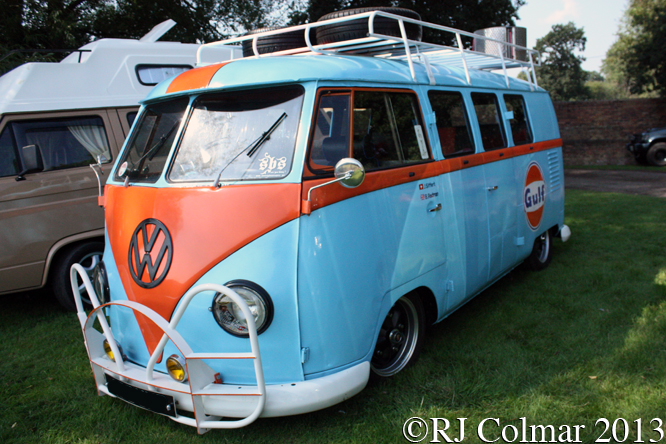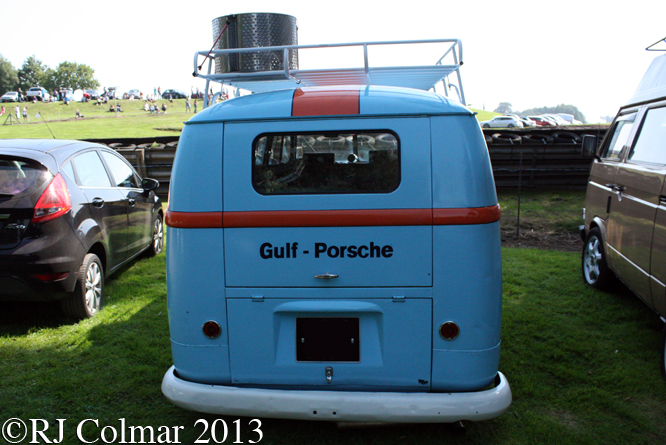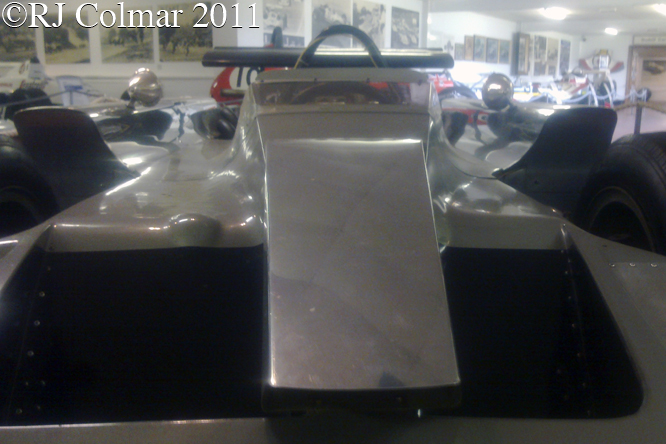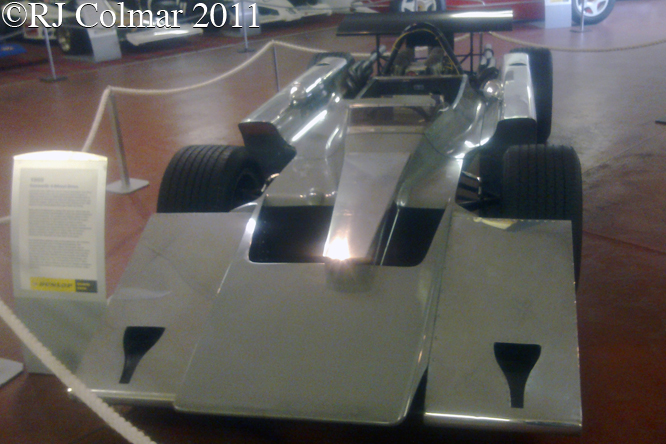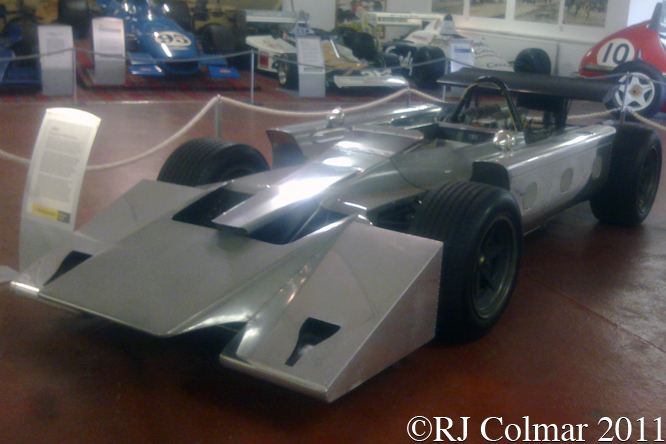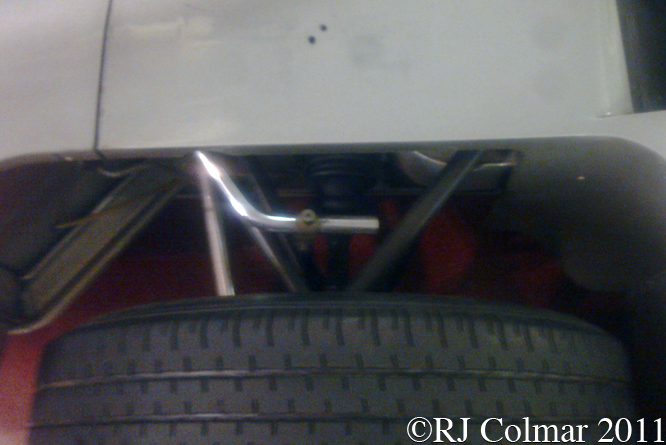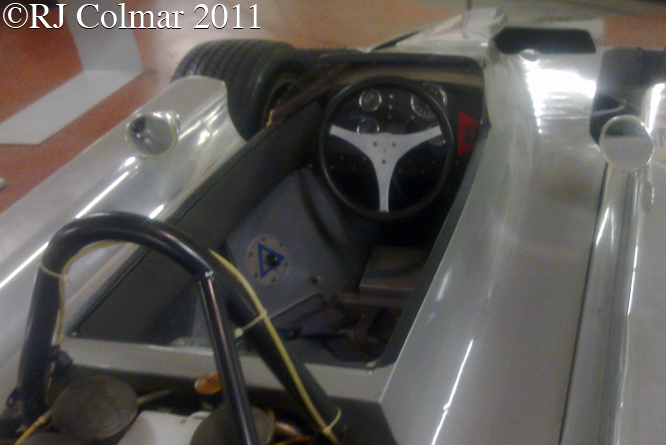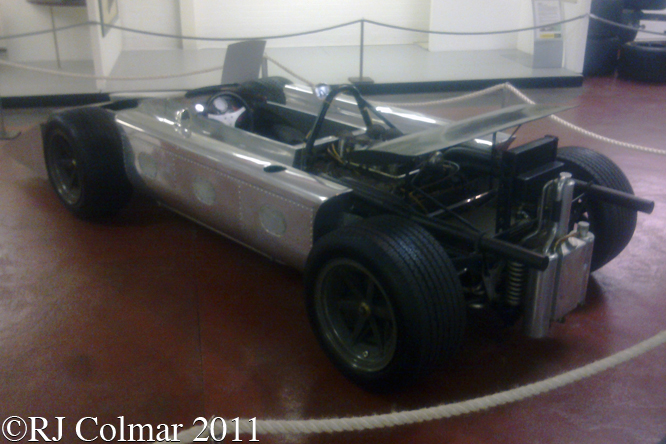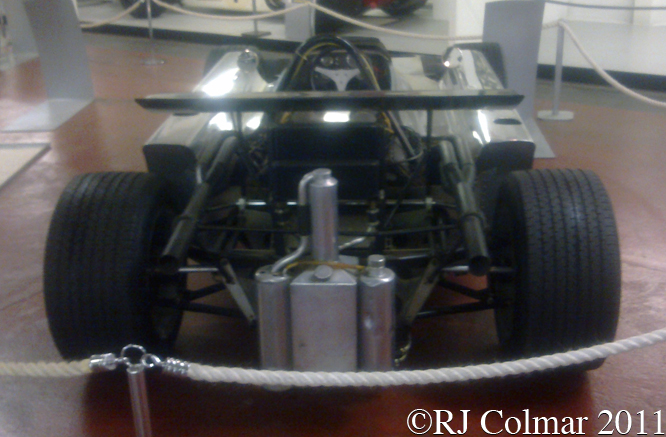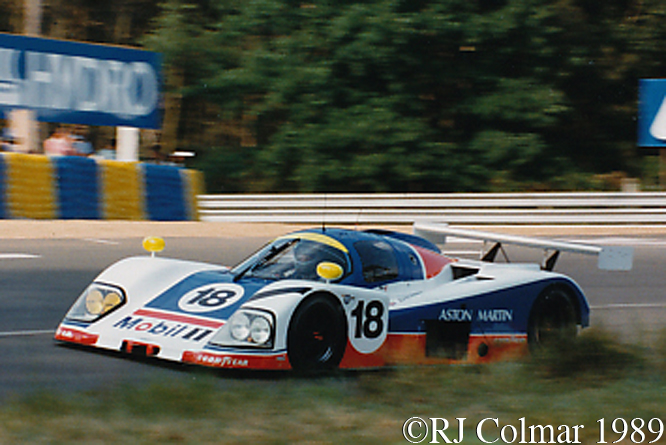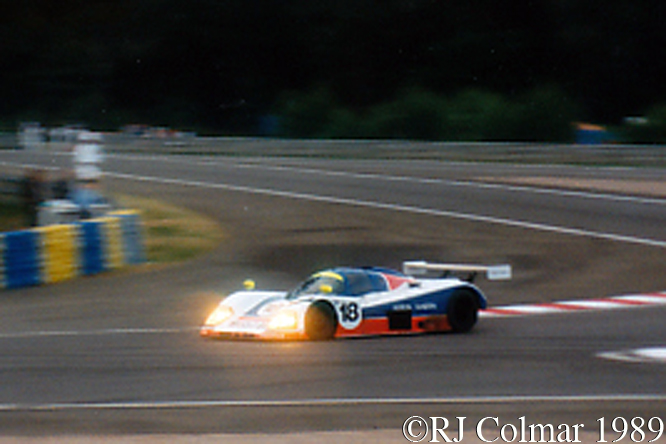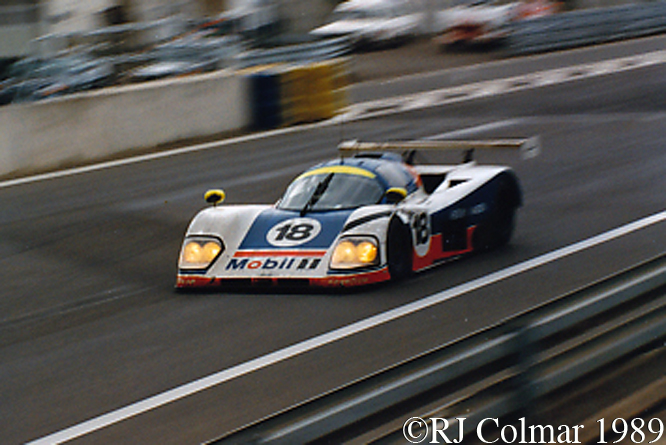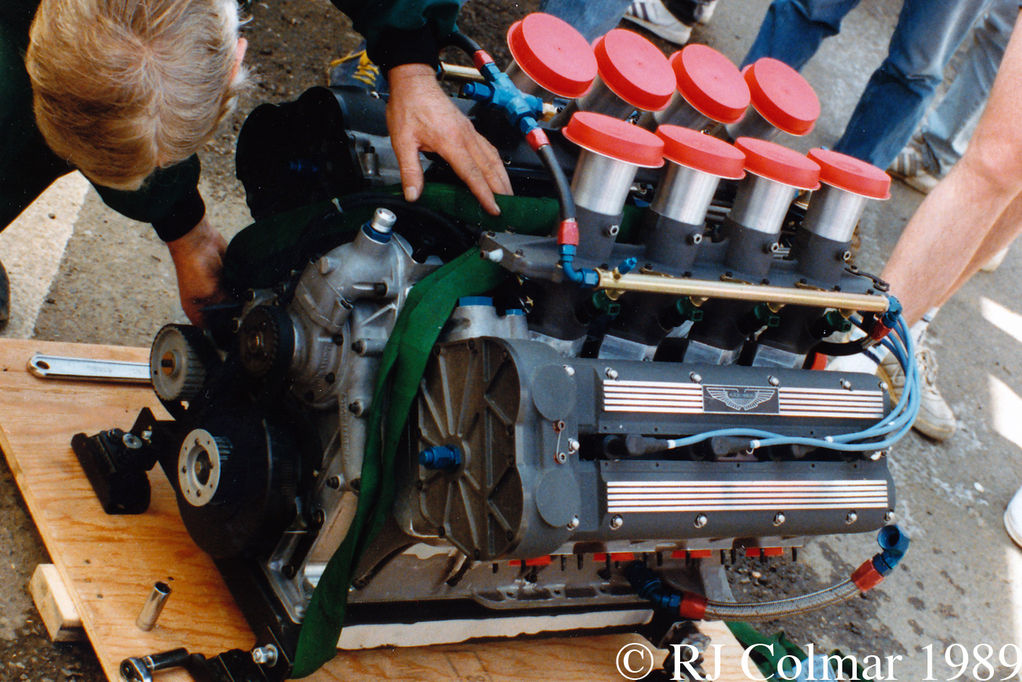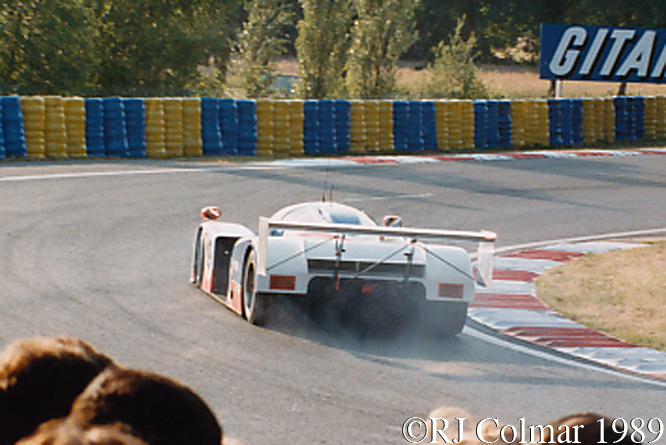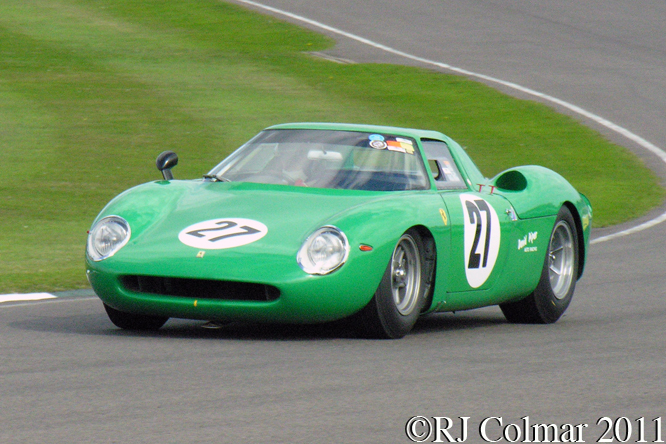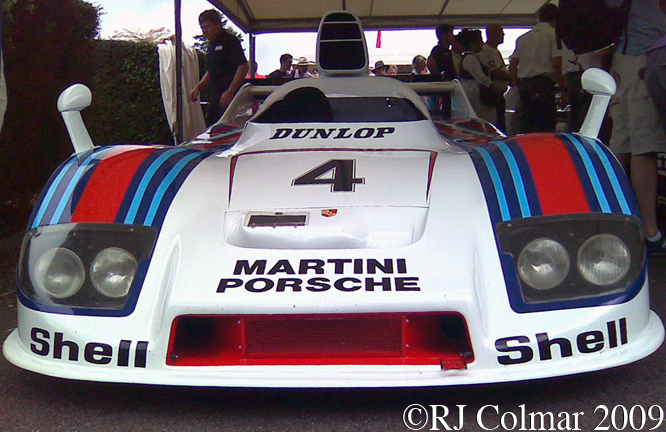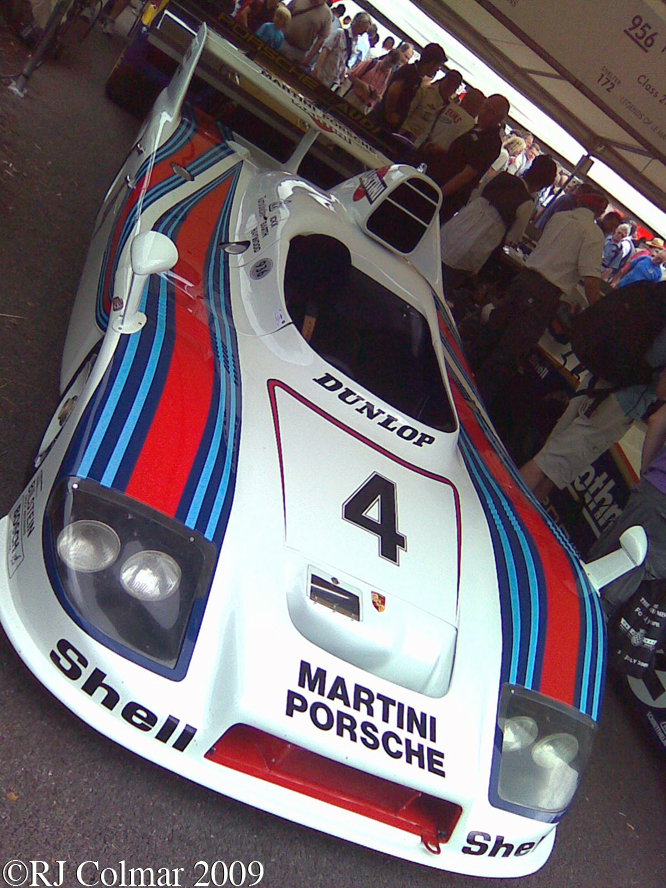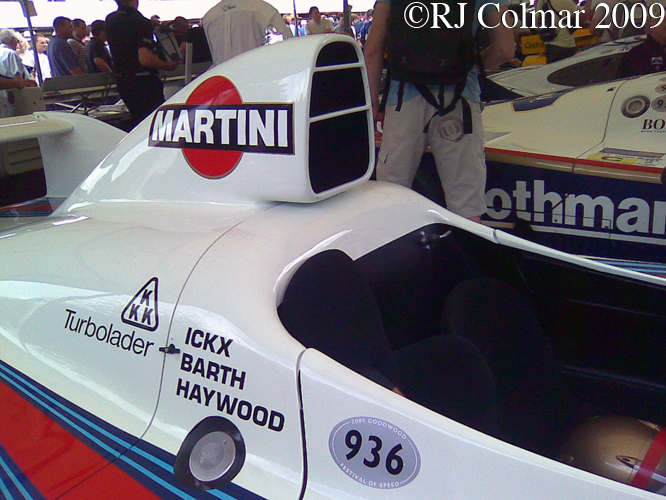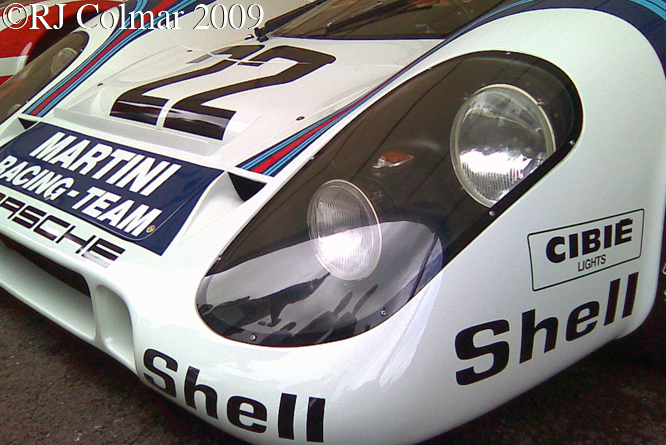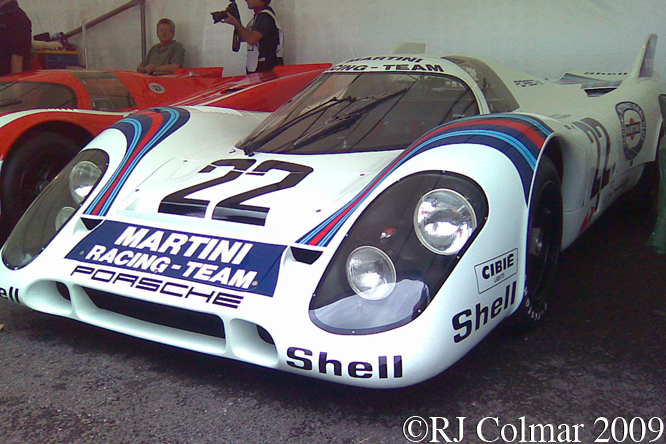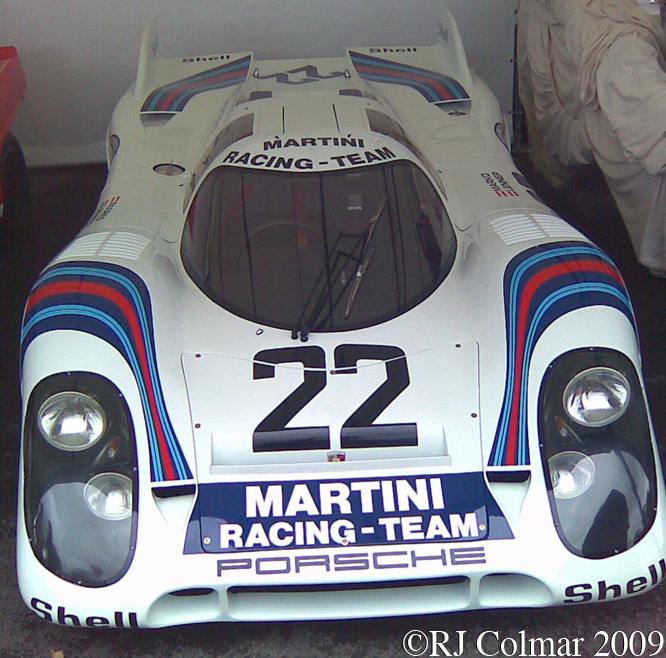There are some cars that stand head and shoulders above all others in terms of their achievements in their particular fields of endeavour even though their period of dominance is short lived. One such is the Porsche 917/30 as perfected into the ultimate race car for the 1973 Can Am Challenge for Group 7 unlimited sportscars by Porsche AG, Roger Penske and his driver Mark Donohue.
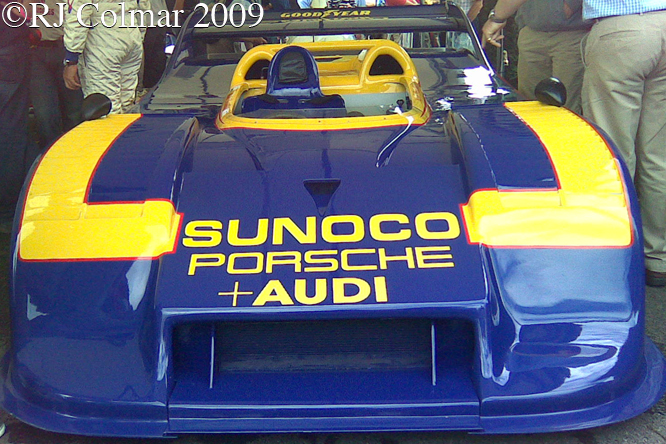
The origins of the space frame chassis and flat 12 motor that power this model lie in the Porsche 917 Endurance Sports Car programme that got underway after an unexpected change in sports car regulations designed to prolong the competitive viability of the Ford GT40’s and Lola T70 Coupé’s powered by 5 litre / 302 cui motors. The change in the regulations mandating vehicles of which at least 25 examples had been built with up to 5 litre / 302 cui motors were seen as an open opportunity by the engineers at Porsche to build a car with a competitive life limited to just three seasons of endurance racing from 1969 to to 1971. In that time Porsche and it’s preferred teams transformed the 917 from an initial limp biscuit into a preeminent sports car that conquered almost every race in which it took part laying the foundation of Porsche’s endurance racing reputation that was unrivaled until sister company Audi took up the mantel at the beginning of the 21st century. The Porsche 917’s achievements included back to back Le Mans wins in 1970 and 1971, back to back World Sports Car Championships in the same years and celluloid immortalisation by none other than the undisputed celluloid King of Cool Steve McQueen thanks to his film Le Mans.
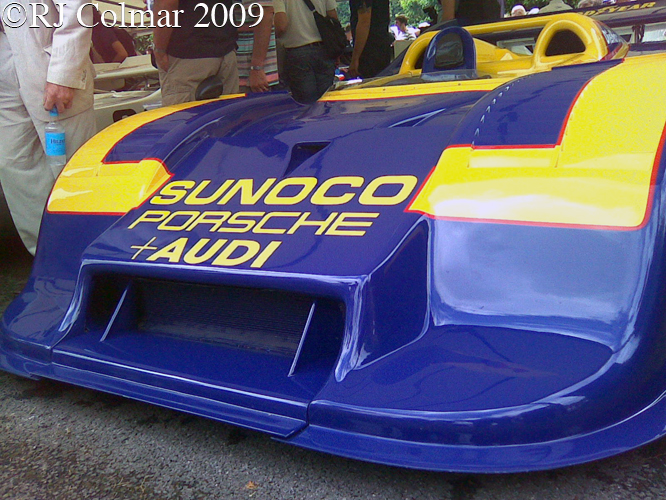
Porsche’s first foray into the world of unlimited Can Am racing came in 1970 with a couple of 917 predecessors in the form of the 3 litre / 183 cui flat 8 powered 908 Spyders for Swiss driver Jo Siffert and Britain’s Tony Dean. Siffert was soon given a Porsche 917 PA Spyder fitted with a 4.5 litre / 274 cui flat 12 motor with which he finished a season high 3rd for the marque at Bridgehampton on his way to 4th place in the 1969 Can Am Challenge. The following season Tony Dean in his 908 was the only regular Porsche representative and he took an unlikely but popular win at Road Atlanta on his way to 6th in the 1970 Can Am Challenge standings.
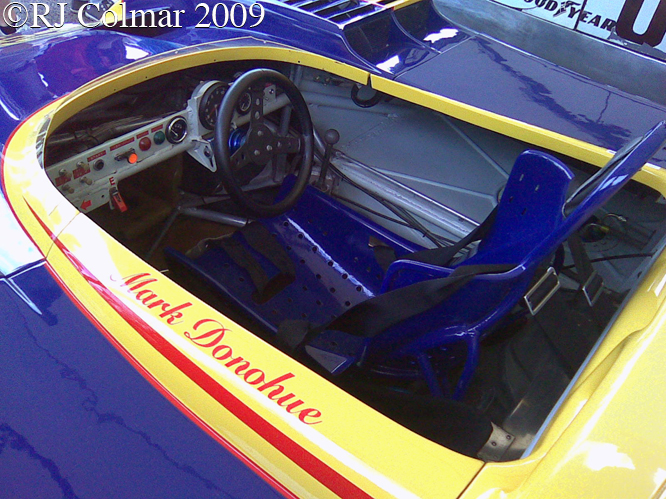
Several of the closed cockpit 917K’s taking part in the 1970 Watkins Glen 6 hour race took part in the following days Can Am race at the same circuit and Siffert with a 5 litre / 302 cui flat 12 motor finished second to Denny Hulme’s Chevy 7 litre / 427 cui powered McLaren M8D.
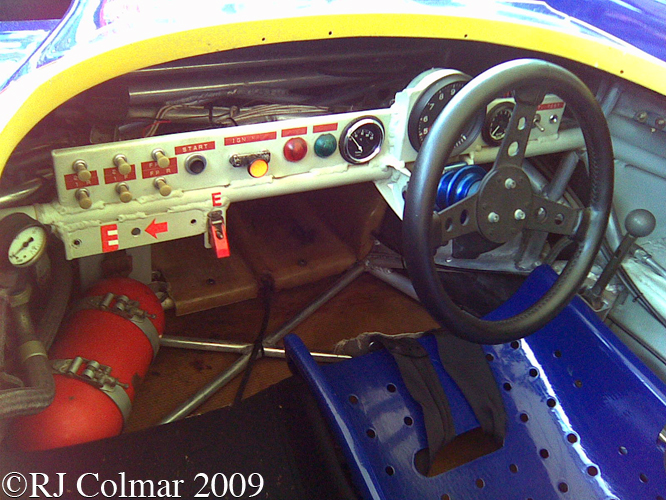
Vasek Polak Racing acquired Siffert’s 917 PA for Milt Minter in 1971 while Siffert had a new 917/10 with updated bodywork that included a large rear wing but was still running a 5 litre / 302 cui normally aspirated motor. Siffert scored two season high second places and finished 4th in the 1971 Can Am Challenge two spots ahead of Minter.
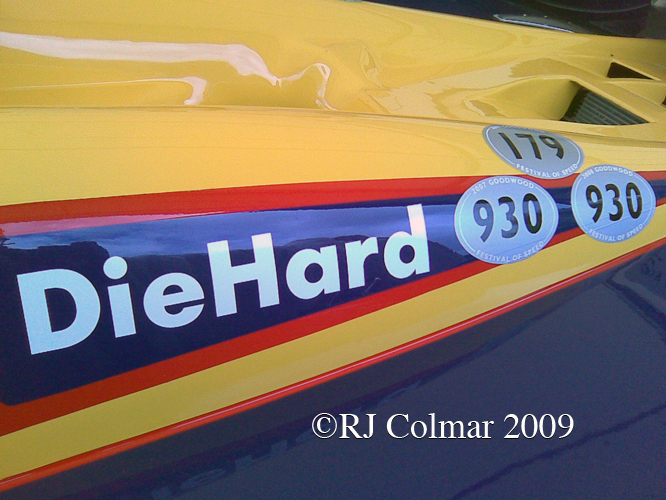
In 1972 Roger Penske became the works Porsche representative in Can Am with a pair of Porsche 917/10’s, now fitted with turbocharged 5 litre / 302 cui flat 12 motor’s Donohue finished 2nd in the opening round at Mosport but then broke a leg in a testing accident at Road Atlanta where George Follmer was hired at short notice to replace Mark. George won the race and four more that season to clinch the 1972 Can Am Challenge. Mark recovered to win a single race upon his return at the end of the season to finish 4th in the Challenge, behind Milt Minter who still had the old 917 PA fitted with the latest 917/10 body work and a variety of turbocharged and normally aspirated engines during the course of the season.
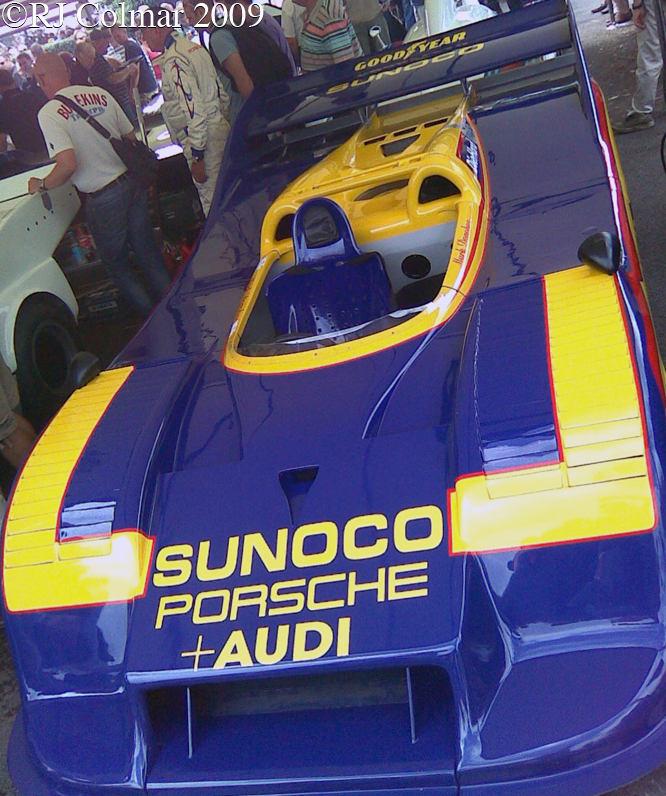
For 1973 Porsche, Penske and Mark worked on the definitive ultimate 917, today’s featured 917/30, which featured a longer wheel base and a turbocharged 5.4 litre / 329 cui flat twelve fitted with 2 spark plugs per cylinder that produced a conservative 1100hp, or up to 1500hp in qualifying trim with 39 psi / 2.7 bar of boost from the twin turbochargers.
Mark qualified on pole for all 8 races in the 1973 Can Am Challenge. In the first race at Mosport he finished a season low seventh, after tripping over a back maker which allowed Charlie Kemp to win driving the previous years Penske 917/10 model for Rinzler Racing. At Road Atlanta Mark experienced a fuel filler leak while leading forcing him to pit for the leak to be fixed. Mark rejoined the race to finish second to the other Rinzler Racing ex Penske 917/10 being driven by George Follmer.
Thereafter Mark won the remaining six races as he pleased to become the first Can Am Challenge winner to score points in all the challenge races. In 1974 the hitherto unlimited Group 7 cars were given their first restriction when the SCCA mandated a 3 miles per gallon fuel limit, this did not outlaw the 917/30 as is widely believed, in fact Roger Penske entered one of the 917/30’s for Brian Redman to drive at Mid Ohio.
Under strict instructions to use only the top three, of four, gears in order to minimise fuel consumption Brian qualified on pole and came home second, behind Jackie Oliver driving a Shadow DN4, after understeering, pushing, off the circuit during the race.
In 1975 Mark Donohue returned to the cockpit of a CAM2 sponsored 917/30 now fitted with twin inter coolers to raise the world closed circuit lap record from the 217 mph set by AJ Foyt, in his open wheel USAC Coyote, to 221 mph at Talladega Superspeedway. The record which was set in less than optimal dry conditions stood for two decades.
Today’s featured car seen at Goodwood Festival of Speed a couple of years ago is chassis 917/30 #002 which appears to have served primarily served as Mark Donohue’s spare for the 1973 season. Contemporary reports in Motor Sport suggest it was only raced at Watkins Glen after a suspension failure on Marks regular chassis #003 required #002 to be wheeled out for race duty, which included winning pole and leading from flag to flag to secure a 42 second victory over David Hobbs Carling Black Label Roy Woods Racing 1972 Mclaren Chevrolet M20.
917/30 #002, one of six 917/30’s built of which only three saw in period competition, now belongs to the Porsche Museum.
Thanks for joining me on this “Ultimate Perfection” edition of “Gettin’ a li’l psycho on tyres” I hope you will join me again tomorrow. Don’t forget to come back now !
